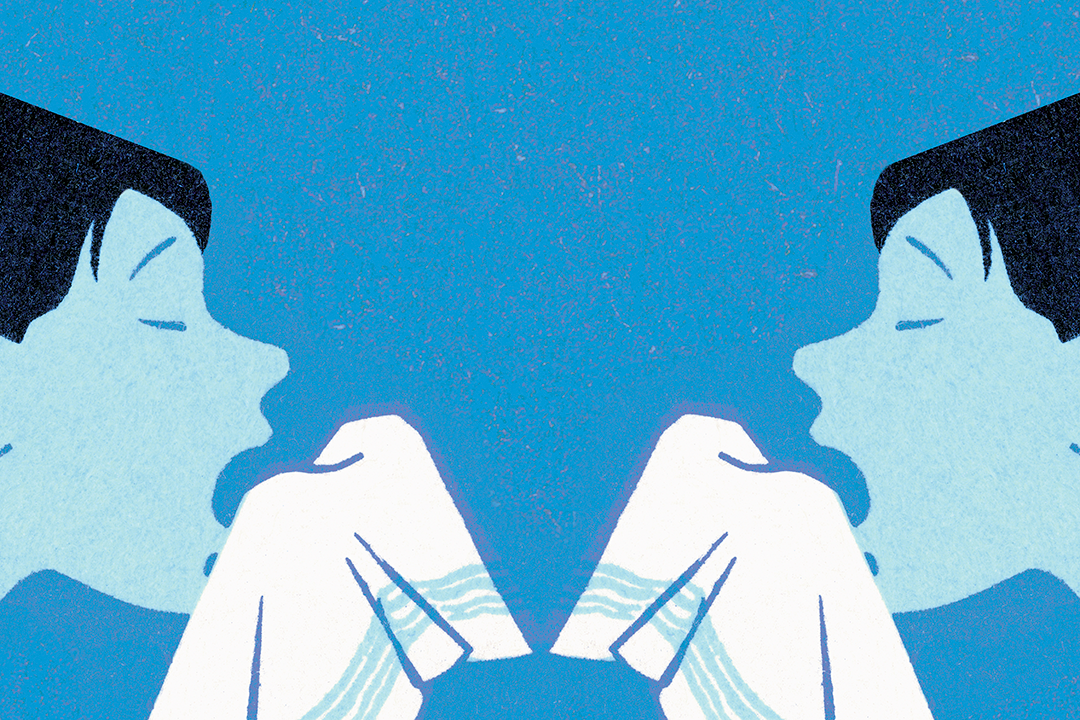Why no 2 people
sneeze alike (and
some can't stop)
UQ Mythbusters

Why no 2 people sneeze alike (and
some can't stop)
UQ Mythbusters

We all know someone who sneezes so loudly you can hear it a street over. (If you don’t, that person might be you.)
And some of us only ever sneeze twice, or 12 times in a row – or every time we look at the sun or spray a certain perfume.
We all have our ‘sneeze signature’, a pattern or style of sneezing that’s unique to us. But where do they come from – and can we change our sneezing ways?
For the latest UQ Mythbusters, Contact sat down with Honorary Professor Anders Cervin, ear nose and throat (ENT) surgeon and researcher, to ask ‘Hey, what’s up with achoo?’.

Honorary Professor Anders Cervin
Honorary Professor Anders Cervin
Q: Let’s start from the beginning: why do we sneeze?
A: Sneezing is primarily a response to threats to the lining of the nasal cavity. Irritation to sensory nerve endings in the nasal mucosa (the mucous membrane lining in your nose) triggers a reflex designed to expel any foreign material or chemical irritant.
The usual threats that can make us sneeze are things such as dust particles, viruses, pollens or cells shed by furry animals, as well as chemical substances like ammonium and more complex substances like certain fragrances from flowers or perfumes.
Q: Why do some perfumes make us sneeze?
A: Perfume contains volatile organic compounds, and some of these are known to cause sneezing in sensitive persons by stimulating the sensory nerves in the nasal mucosa.
Among those that are more prone to cause irritation and sneezing are linalool, oak moss, balsam of Peru and Citronella, but there are many more.
Q: True or false: it’s impossible to sneeze with your eyes open
A: It is an involuntary reflex, but you can overcome it if you prefer to sneeze with your eyes open. And there is no danger sneezing with your eyes open – they won’t pop out!
Q: So why do we all sneeze so differently?
A: Most people have their own ‘sneeze signature’. This is partly due to variations in the structure of their nose, throat and mouth, which affect how air is expelled and how a person vocalises the sneeze. Or, you may be in the habit of muting your sneeze – preferably with your elbow.
A person’s lung capacity may also play a role in their sneeze signature. Some people may tend to sneeze multiple times as the reflex is firing away, which is quite common for those with hay fever.
Sneezes also sound different in different parts of the world as there is a cultural component to vocalisation. For example, in French it would be atchoum, in Swedish atchjo and in English achoo.
Q: Why does the sun make some people sneeze?
A: Sun sneezing, also known as the ‘photic sneeze reflex’, is seen in people where bright light triggers the sensory nerve in the face (Trigeminal nerve). When the pupil constricts, it induces a reflex resulting in sneezing. It is understood to be hereditary and is sometimes known by another name: autosomal dominant compelling helio-ophthalmic outburst syndrome (ACHOO syndrome).
The statistics on ACHOO syndrome vary wildly between different sources, but according to some studies up to 50% of the population have this reflex. Other sources suggest around 20% of the population has experienced photic sneezing.
Q: Can people control what their sneeze sounds like? Can they hold it in?
A: Yes, it is possible to mute a sneeze, but it is not recommended as the pressure that builds up in the airway is quite considerable. It could cause a rupture of small blood vessels in the eye (which isn’t dangerous) or possibly move mucus up the middle ear and, worst case scenario, lead to a ruptured ear drum.
Q: What do you think is the most fascinating fact about sneezes?
A: A sneeze can contain up to 40,000 droplets. The larger droplet may travel up to 10 metres, however smaller droplets have recently been found to travel as far as 60 metres away.
So, no matter your sneeze signature, it may be best to cover your mouth with your elbow when doing so!



